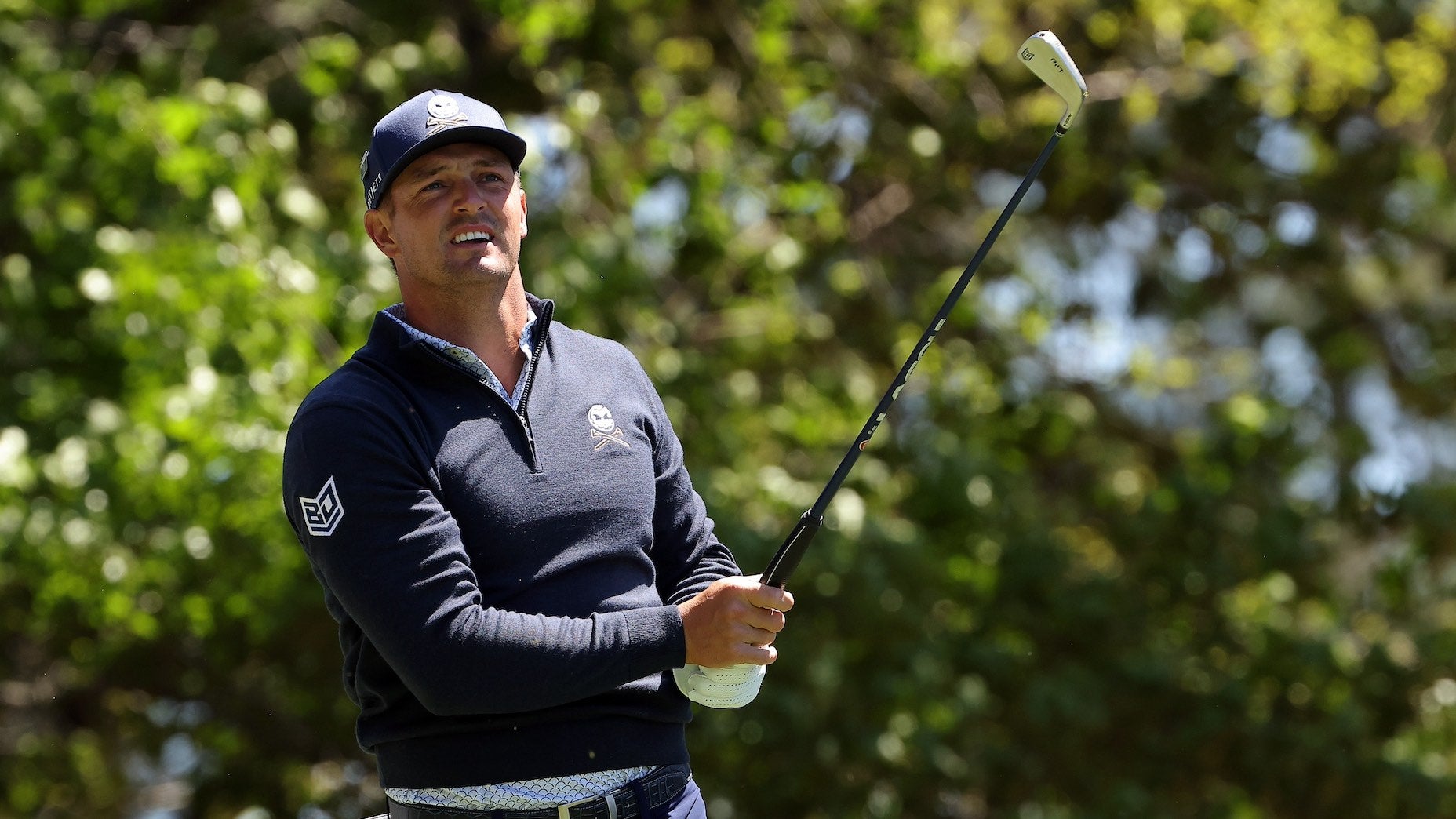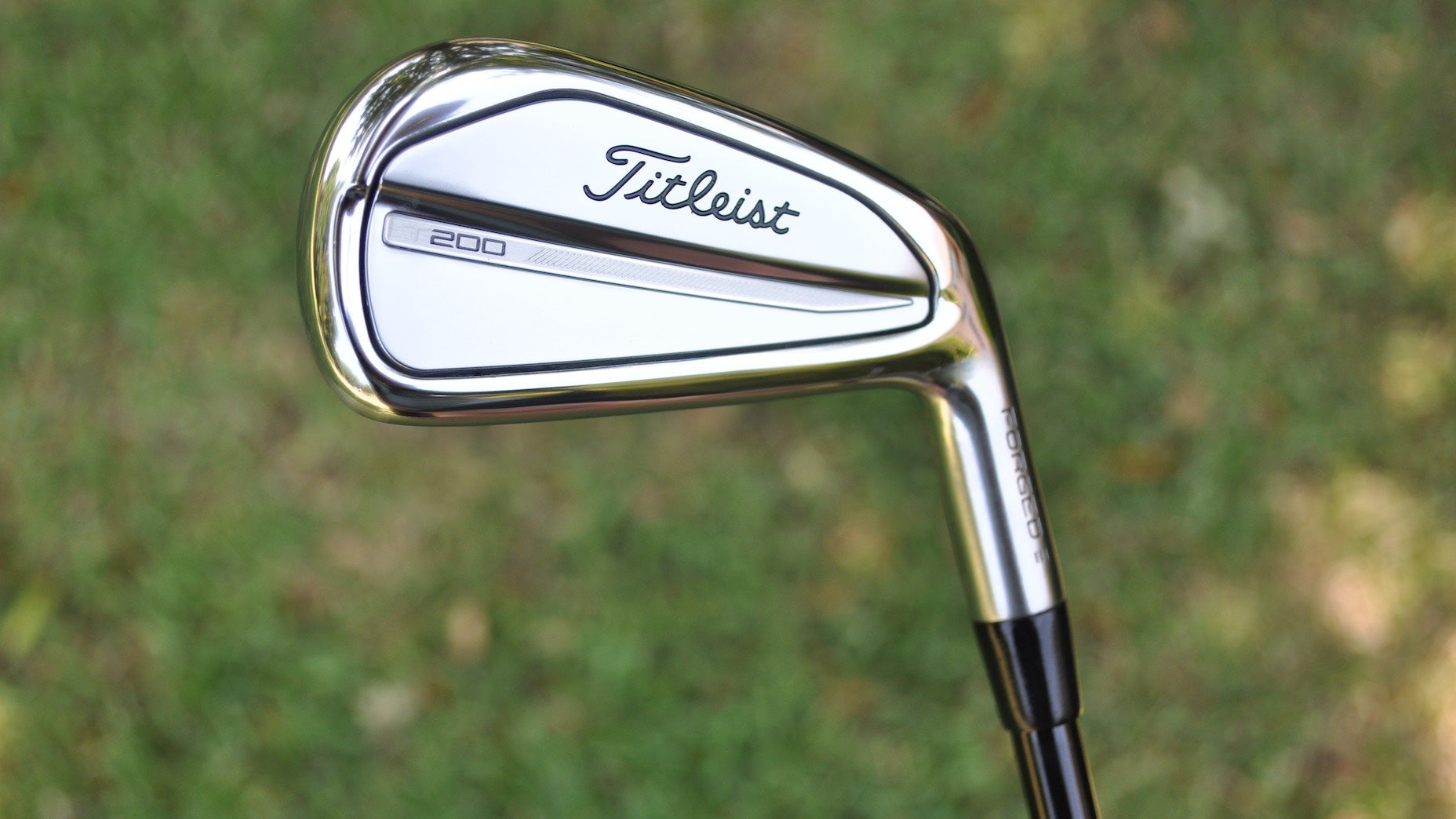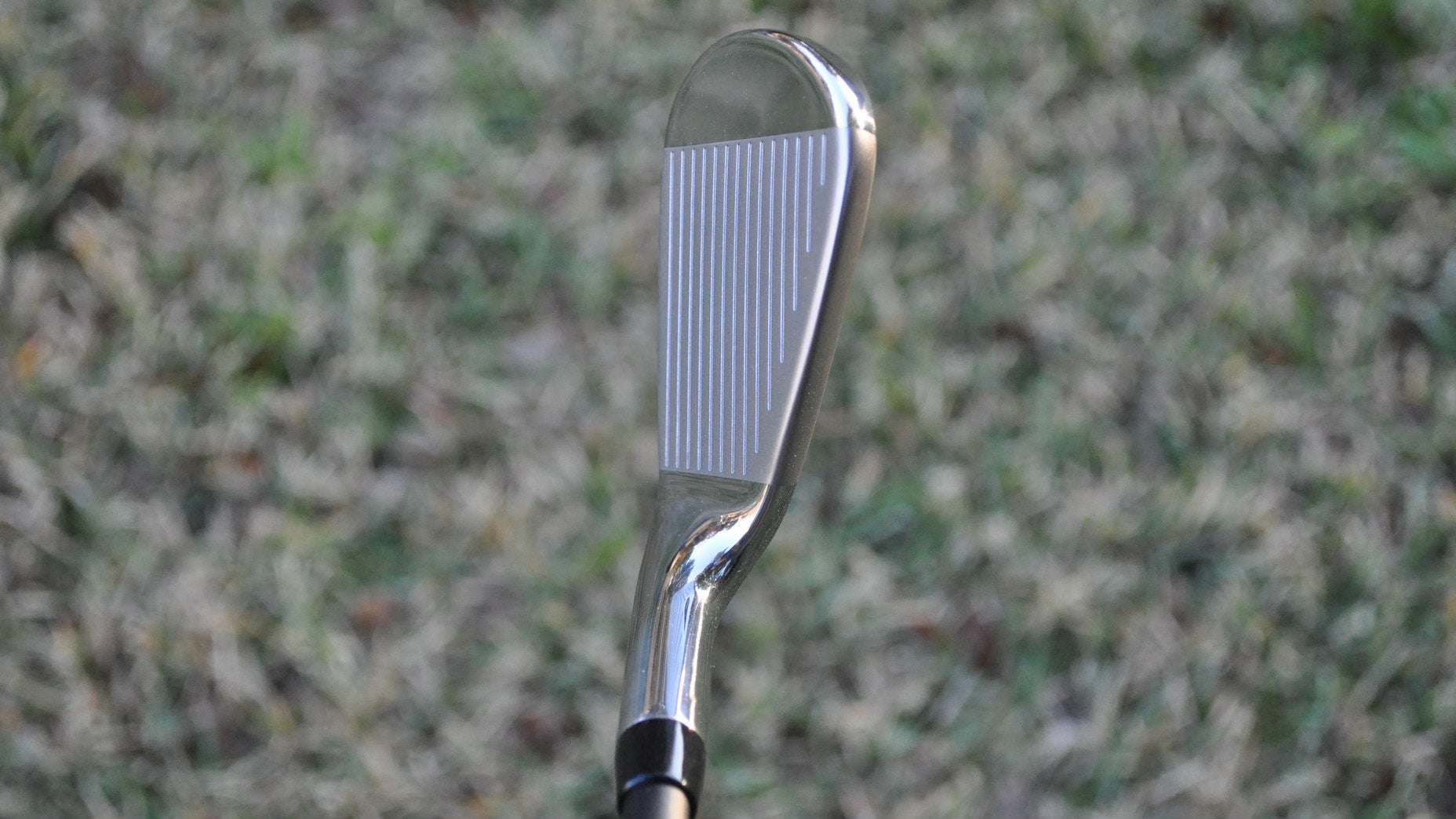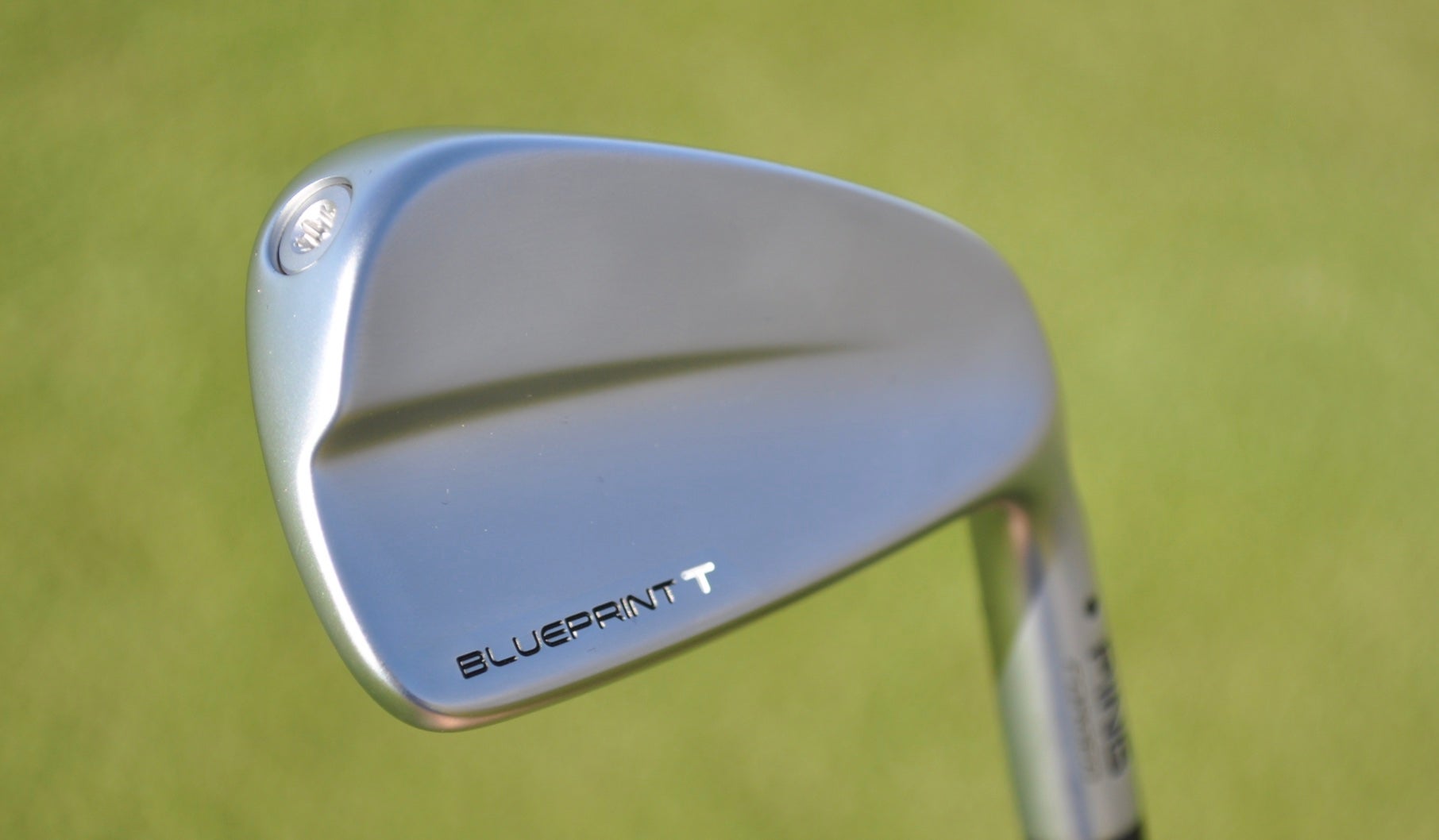 Bryson DeChambeau’s special irons almost didn’t make it to the Masters
Bryson DeChambeau’s special irons almost didn’t make it to the Masters
What is it like designing clubs for Tiger Woods? Don’t you dare cut corners
Matt Bovee figured the task would be an easy one. As part of the team entrusted with building a set of muscleback irons for Tiger Woods, TaylorMade’s global head of irons looked at the traditional blade placed before him and started going through the list of boxes that needed to be checked before getting a finished product in the 15-time major winner’s hands.
“It’s a blade,” Bovee recalled during a recent interview with GOLF‘s Fully Equipped podcast. “There’s no technology in this. I’m going to measure it, 3D scan it; I’ll get all of the physical attributes. I know exactly where the [center of gravity goes], measure the groove geometry. We got this.”
Wrong.
As we’ve learned over the years watching Woods meticulously dissect golf courses with surgeon-like precision, it takes a special set of tools to satisfy the wants and needs of the greatest golfer of the modern era.
Bovee didn’t realize how special until he began creating Woods’ TaylorMade Phase1 irons, which eventually became the P7TW. Bovee and a team of designers went through nine different prototypes before hitting on the final version of P7TW. What that number doesn’t include are the countless designs made in CAD, including simulations and mockups.
“His level of specificity is unmatched,” said Bovee. “His ability to feel these minute differences is amazing. That’s not to talk negatively toward any other Tour players and the differences in shape and feel they can all pick up on.
“Tiger was able to identify different changes in clubheads that other tour players never commentate on, which kind of left us perplexed as we were going through this design process and the iterations of getting to the P7TW.”
Simply put, Woods is a different cat (yes, I went there) when it comes to discerning even the most subtle differences from one prototype to the next.
Case in point: TaylorMade started the iron design process by using methodologies they’d built in place with other tour players over the years. One of those processes was utilizing a 304 stainless steel for each iron head — a material that offers a similar hardness to 1020/1025 carbon steel. No one was able to pick up on the differences between the two metals — until Woods came along.
“He was able to pick up on the difference between that and his typical low carbon 1020/1025 steels,” Bovee said. “No one else had ever done that.”
Not only that, Woods was able to point out the lack of tungsten weighting in each head. Years ago, Woods had tungsten strategically placed in his irons to produce a specific combination of flight, feel and control he’d come to rely on over the years.
“We got the profile, performance, looks, turf interaction all right,” Bovee said. “But they still didn’t feel quite right. He could pick up on the tungsten weighting not being in there. We can match that center of gravity without the tungsten, but it was the feel it created that allowed him to say, ‘Yep, we’re here.'”
ADVERTISEMENT
If there’s one thing Bovee learned from working with Woods, it’s that cutting corners isn’t an option. For someone who was able to pick up on a noticeable difference in launch and spin after hitting just one ball with the initial prototype of the Phase1 — during his first official testing session with TaylorMade at the end of 2017 — Woods doesn’t settle on “close enough” when it comes to his gear.
“He wants to hit his numbers,” said Bovee. “He doesn’t want any more or any less distance. But he also wants to hit his spin rates, through his launch window. Wants it to feel a certain way and look a certain way.”
There’s a good reason why Woods wants his irons to be an extension of his body. When he needs to execute a shot under the most stressful of circumstances — look no further than the 2019 Masters — there’s no room for guessing when it comes to his gear. The clubs have to be dead solid perfect.
After working closely with Woods on P7TW, Bovee now understands the process and what it takes to create something for arguably the greatest ball-striker to ever grace the sport.
“When you’re completely constrained, there are no outs where you can manipulate,” he said. “You have to balance all of the levers perfectly.”
To hear more gear insights from Jonathan Wall and True Spec’s Tim Briand, subscribe and listen each week to GOLF’s Fully Equipped podcast: iTunes | SoundCloud | Spotify | Stitcher
ADVERTISEMENT








